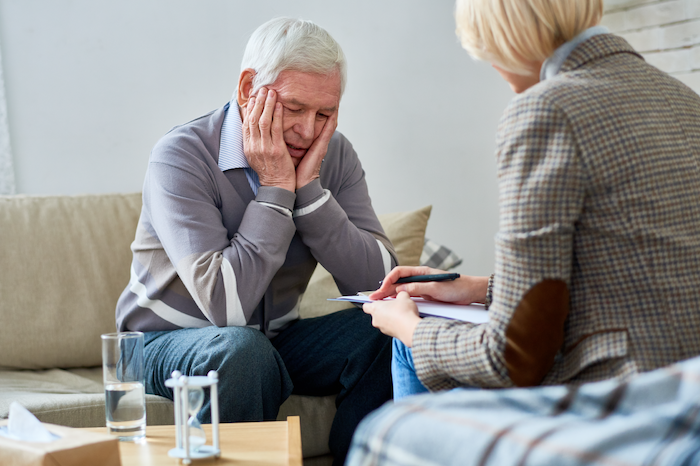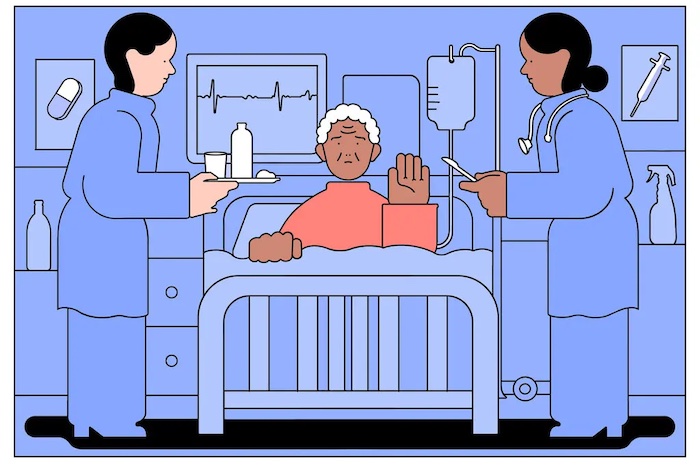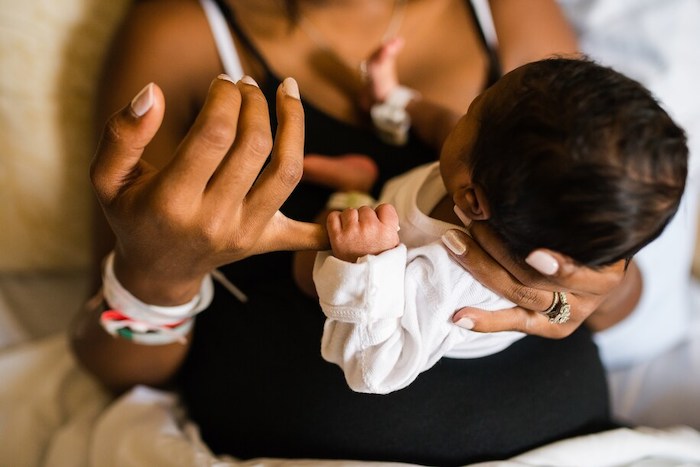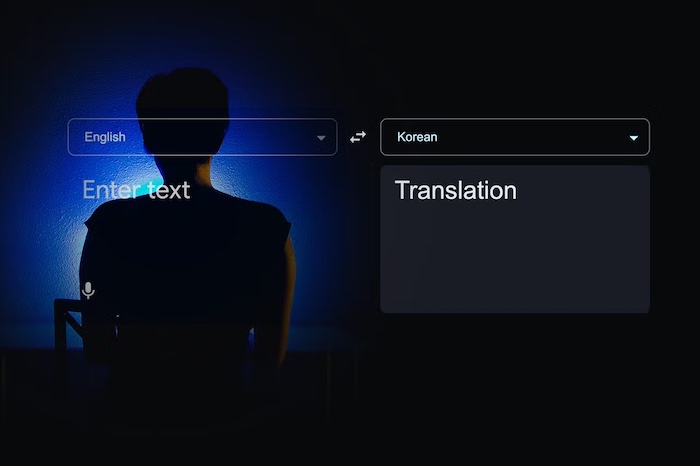— What we know about suffering at the end of life is that it is most frequently a result of a psychological condition known as demoralization. It is defined by hopelessness, helplessness, and isolation. It is not physical pain people suffer from, rather, in the end, we most frequently suffer from existential pain. Demoralization is existential pain.
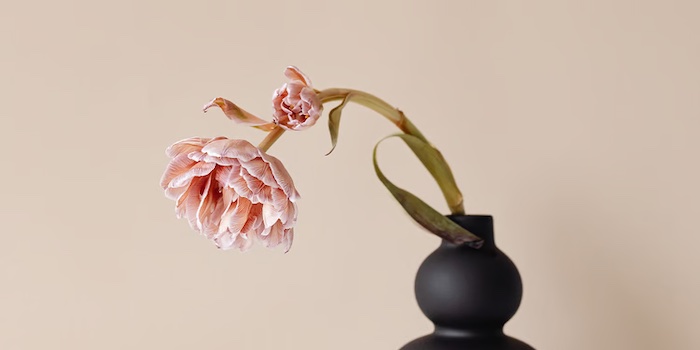
By Rebecca Gagne Henderson PhD, APRN, ACHPN
- Finding meaning is essential to a good death experience.
- There are a variety of ways to counter demoralization.
- Early referral to hospice increases guidance to remoralization.
- Finding meaning at the end of life is heavy lifting but worth the work.
Responding to a terminal diagnosis
Demoralization is a normal response to being told you have a terminal condition. You are suddenly acutely aware of your own mortality. You know you may not be there for a wedding, the birth of a grandchild, or a myriad of many other milestones. People realize the large sum in their savings does not affect the inevitable. One may wonder if that number will be enough to cover their daughter’s college tuition. Meaning is often measured by achievement, and now you have limited time to meet the goals you have planned or time to set new goals.
A typical death and outliers
While many still believe that death is a painful process, the fact is that most deaths are uneventful. There are times when people die in pain, but this is typically a result of a patient being treated by a non-pain or palliative care specialist. Unfortunately, such patients are often referred to hospice or palliative care too late when there is not enough time to manage patients symptoms. It is existential suffering that is more common at the end of life.
The importance of hospice
Early referral to hospice will not only help to assure a peaceful and painless death. It will also help to reverse demoralization. Hospice offers an interdisciplinary team that consists of a registered nurse, chaplain, social worker, home health aide, and a physician as the core team. It also consists of ancillary team members, which may include art and music therapists. Some hospices even offer massage or Reiki therapy. These all work together to increase meaning.
Hospice is adept at helping patients to find meaning in their lives as the end comes near. When meaning occurs, it is beautiful. This is known as remoralization. There was a case of remoralization that took place over ten years ago with a young woman who was only 22 years old, very angry, and dying. Her process of remoralization was a stellar example of how this is possible.
Ways to find meaning in life before it ends
There are several ways that individuals and clinicians work to find meaning. This section illustrates various means to work towards finding meaning at the end-of-life.
“Go Wish”: an educational game
During resident education, a game called Go Wish has been used. It is a card game that depicts possible goals on the face of each card that the participant prioritizes. The deck includes such goals as “I don’t want to die in pain,” “I don’t want to be a burden to my family,” “I want to feel close to God,” or “I want to be clean”. The surprising result of this game is that rarely are the things the clinician believes should be important coincides with what the clinician values as they step out of their role and examine what they would want for themselves at the end of life.
Determining and clarifying values is a step towards finding meaning at the end of life. The game was actually designed to be used by patients and families to make sure that the patient’s wishes are understood by the family or proxy. This game was studied, and it was found that frequently there is a vast difference between what the patient would like and what the family believes the patient would like. This game is available online as a card deck or can be played online.
Dignity therapy and life review
Another, more in-depth way to find meaning at the end of one’s life is through processes known as dignity therapy or a life review. The intervention involves storytelling, reminiscing, and highlighting milestones from one’s past. It has been reported by patients that these interventions decrease depression, increase quality of life, and increase a sense of dignity. This is accomplished with the help of someone on the interdisciplinary team and is recorded digitally or in print. The patient is given the document to do what they please.
Building a legacy
Should someone give this document to a loved one, it would then be considered a part of something known as life review. Legacy building is not just telling someone your life’s story. It may be finding meaningful photos and organizing them, so future generations know who their ancestors are and not lose sight of their histories. It could be making a recording of a song that your mother sang to you as a baby so that it can be played to your grandchild. It could be a letter written for your young son to read on his wedding day. Whilst this can be sad, it is also a work of beauty and great joy can be the end result.
Working towards reconciliation
Probably the most difficult is to make meaning through reconciliation and redemption. Not all family relationships are ideal, for that matter, there is no perfect family relationship. In hospice, it is often said that “hospice puts the fun in dysfunction.” We all know that over the years when you are close to someone, there will be a history of slights, moments of anger, and some disappointments. This is true in some relationships, more than others. How do we mend these fences when we are so close to death, and we thought we would always have more time? Ira Byock wrote a book called The Four Things That Matter Most. In it, he says that there are four things everyone should say to those they love before they die. Those four things are: “please forgive me, I forgive you, thank you, and I love you.”
These are difficult tasks, but at the risk of sounding like an old timer, anything worth accomplishing isn’t easy. We don’t grow in times of comfort. We grow during times of adversity. There will surely be tears, but there will be tears in any case when someone dies. This is hard work, however, meaning at the end will help the dying and the bereaved. It not only brings meaning to the dying but helps to ease the pain of those left behind as they grieve.
Complete Article ↪HERE↩!

